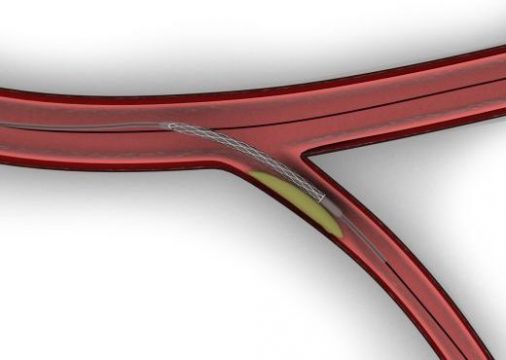Bifurcations have been, are and will be challenging. However, we have to admit we have gained experience and have more tools than pioneer interventionists and many of the early experts who have made history.

This study assessed the ten-year trends in coronary bifurcation percutaneous coronary intervention (PCI) looking at patient and lesion characteristics, devices used, strategy and stent optimization techniques.
It included over 5,000 patients receiving bifurcation PCI between 2004 and 2015. Primary end point at 2 years was target vessel failure (combination of cardiac death, MI and any revascularization).
During the 10-year study period patient and lesion grew in complexity: multivessel, diabetes, chronic kidney failure and left main disease rates increased gradually (p<0.001 for all).
On the other hand, the risk of target vessel failure saw a steady drop, from 12.3% in 2004 to 6.9% in 2015 (to nearly half).
Read also: Device Evolution Also Impacts on Valve in Valve.
The two variables driving outcome improvement were mainly second-generation drug eluting stents (not surprisingly), and the significant dip of true bifurcations (Medina 1,1,1 y 0,1,1).
Conclusion
During the last decade of bifurcation PCI, patient and lesion characteristics, devices, techniques and ultimately population prognosis have significantly changed. Although over time patients and lesions have become more complex, outcomes have improved thanks to device development, technique optimization and more appropriate strategies.
JAHA-121-021632Original Title: Ten-Year Trends in Coronary Bifurcation Percutaneous Coronary Intervention: Prognostic Effects of Patient and Lesion Characteristics, Devices, and Techniques.
Reference: Joo Myung Lee et al. J Am Heart Assoc. 2021 Sep 21;10(18):e021632. doi: 10.1161/JAHA.121.021632.
Subscribe to our weekly newsletter
Get the latest scientific articles on interventional cardiology





